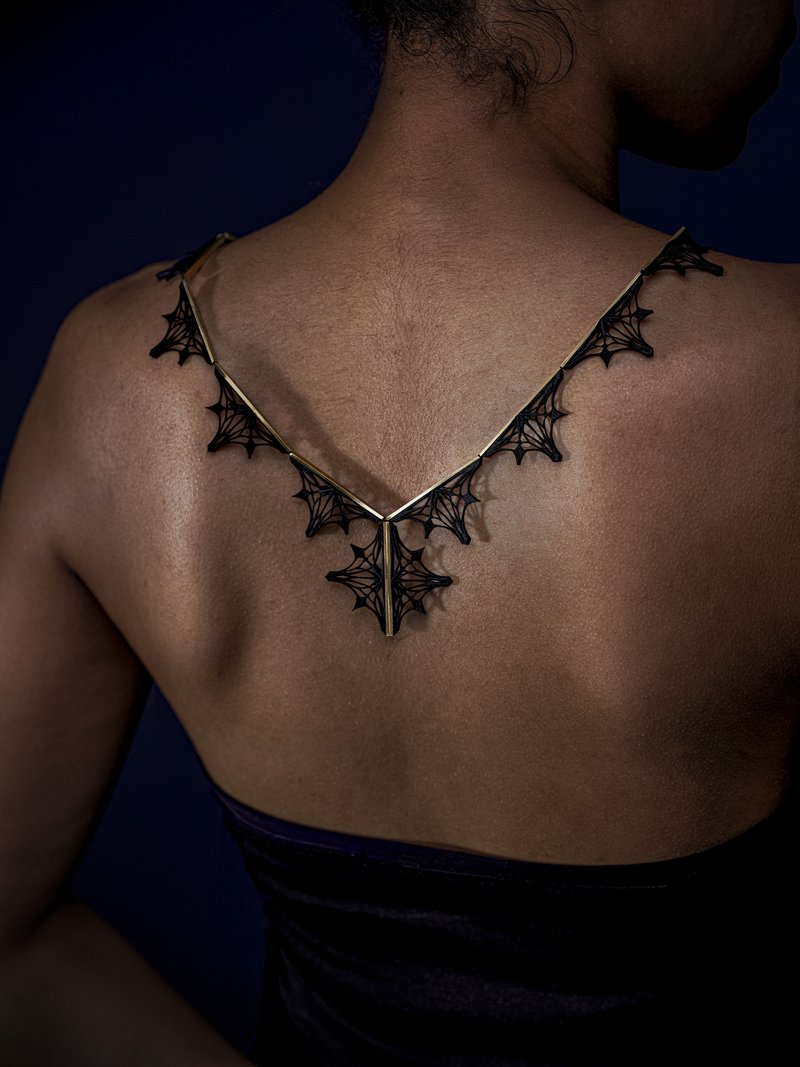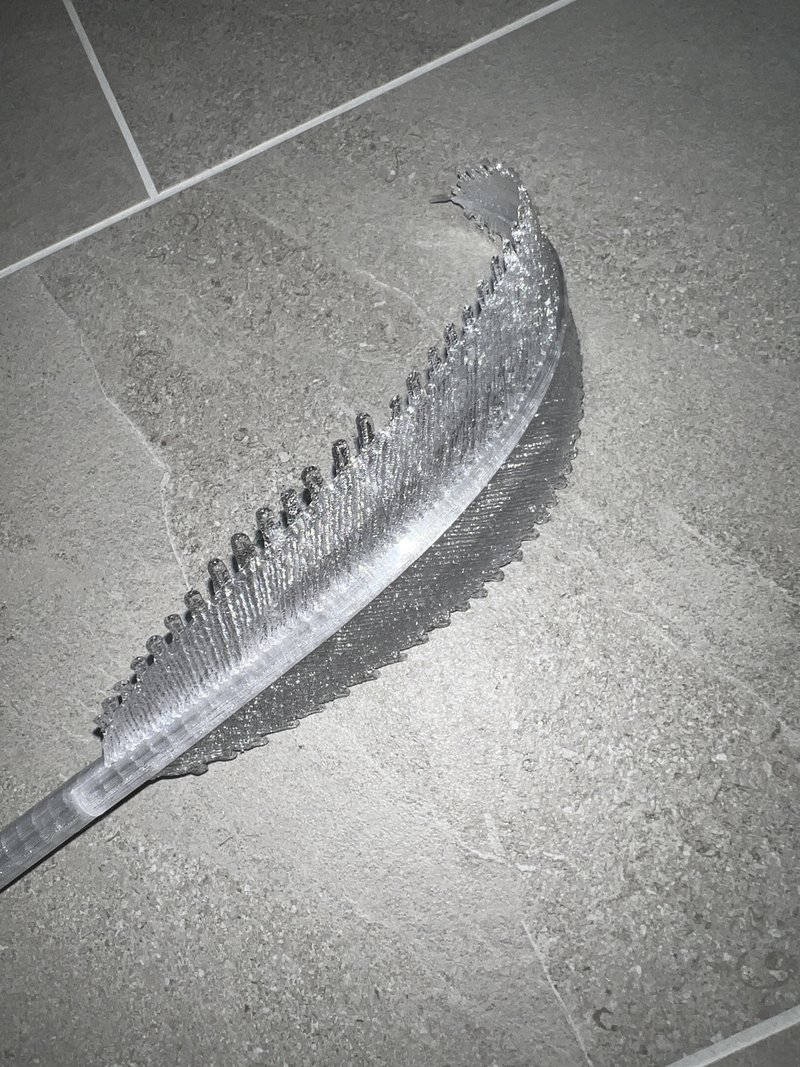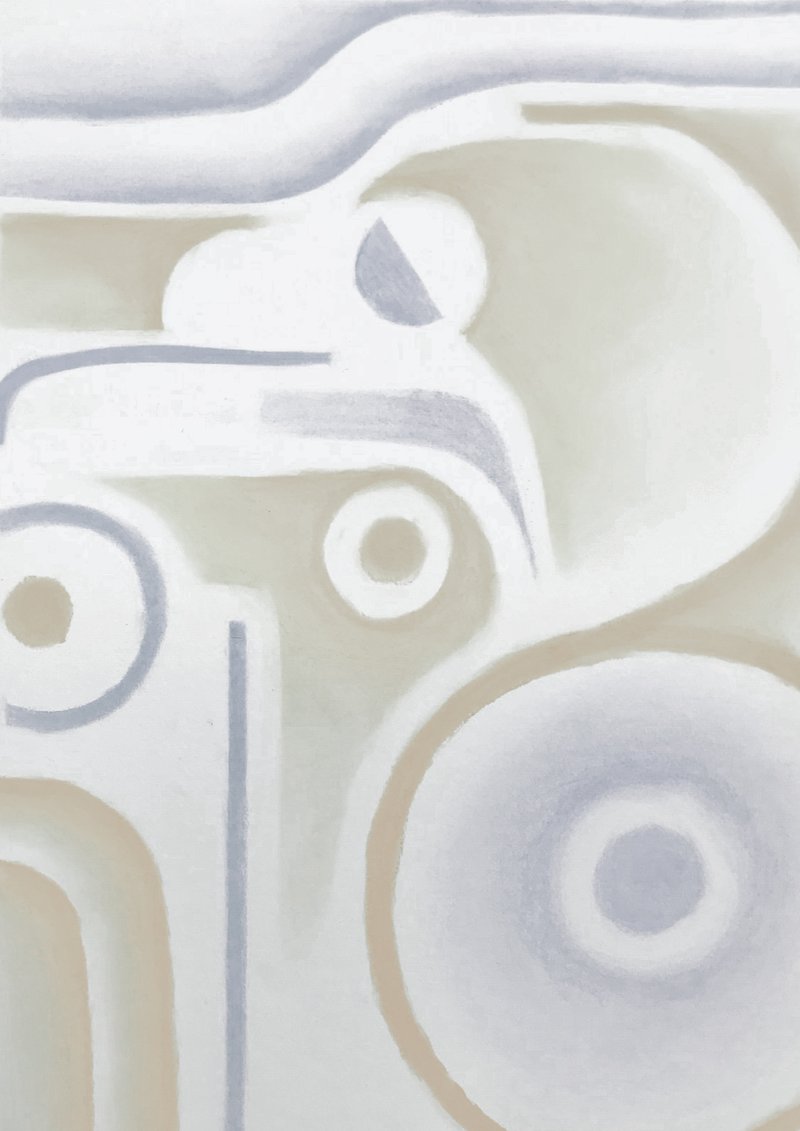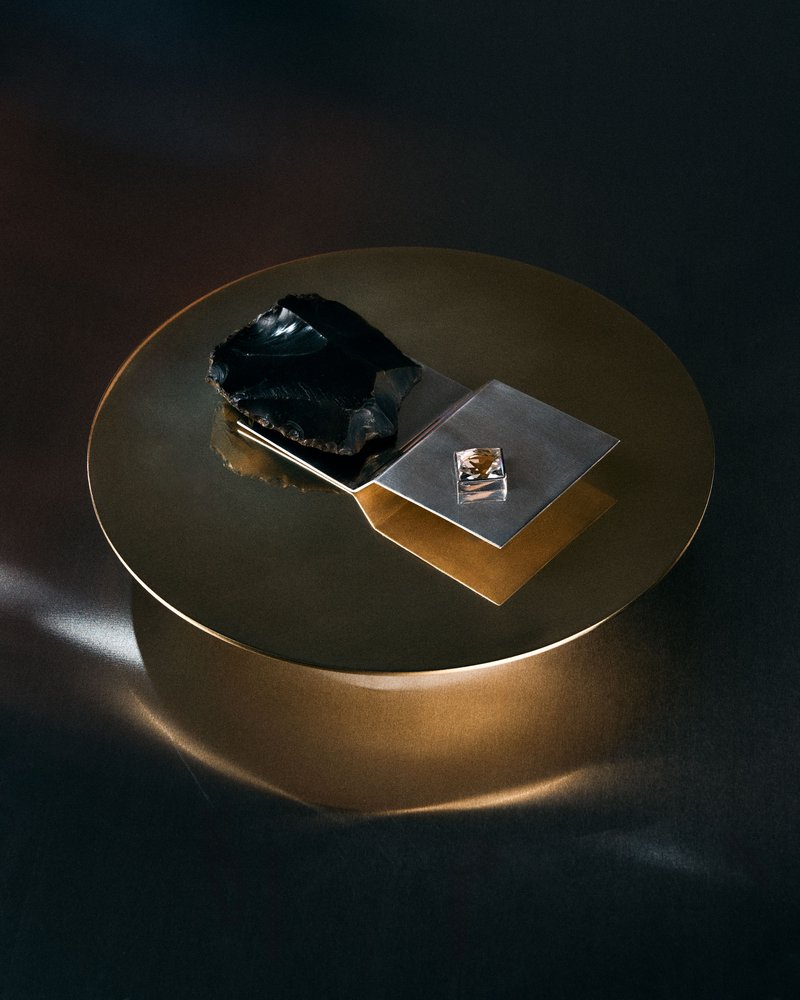Nomad
Rachel Suming
My project is inspired by the street vendors that can be found all over the world. The current gastronomic trend is towards foodtrucks and street food revisited. Applied to the Rémy Martin universe, I imagined a tray in the house colours, which would invite a mobile, younger and more contemporary approach to cognac. The idea of "mix" is found in the use of the object which allows the preparation of a VSOP cognac cocktail prepared in front of you and at the minute. But it also lies in the mix of the house's identity codes with a more contemporary use: the oak and copper tray, echoing the cognac cask in the Rémy Martin cellars, can be slipped over the shoulders thanks to leather straps, like a travelling salesman, to move around in the evening and help prepare cocktails.
Cocktail Carrier
Samuel Williams
Cocktail Carrier is inspired by the traditional milk carrier basket. This project interprets the idea of "mix" by marrying the world of cognac with that of cocktails to be shared. Rémy Martin VSOP cognac becomes synonymous with conviviality by bringing friends together around a set of eight glasses and a cognac cocktail carafe. This object is mainly made of copper-plated steel, with two different finishes (polished and brushed). Keeping a copper look was an opportunity for me to revisit the traditional materials of cognac making and give it a more contemporary and premium touch.
Crystal shaker
Anouk Meier
My project is a fusion between a vintage spirit bottle and a shaker, bringing together crystal and copper for their classic and luxurious look. During a party, the bartender can prepare the cocktail directly in this container, whose parts of the upper part take up exactly the codes and functions of the traditional shaker (stopper and strainer). Once the drink is finished, the cut glass base is brought directly to the table and the drink served in the glasses.
Totem
Hongchao Wang
The Totem project stems from the desire to optimise and ritualise the cocktail service. The base, made of transparent glass, contains the ready-made drink. One "tier" above, a metal container is used as a container for ice. This piece, whose base is made of cork, functions as a cork to hermetically seal the carafe. The glasses are stacked in a small cavity in the ice bowl and remain easily accessible. The whole thing is then connected to a leather handle, which makes it easy (one-handed) and safe to carry. The combination of these shapes and materials creates a very sculptural and surprising object, similar to tribal totems, with animal heads stacked on top of each other.










